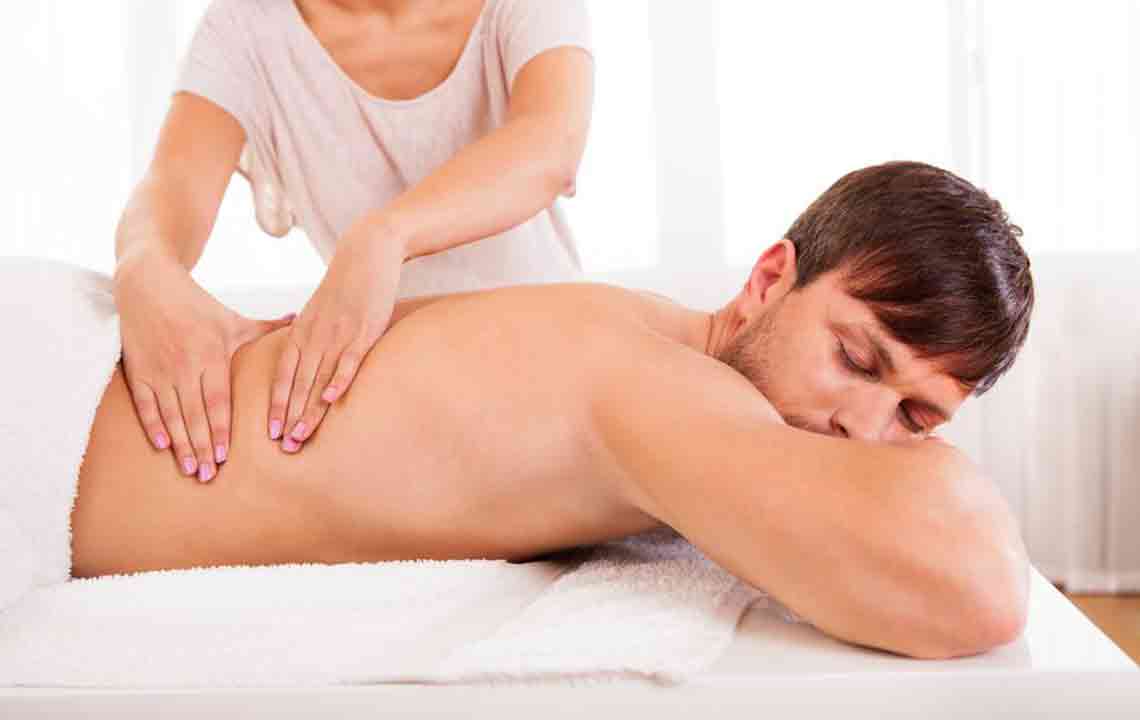Causes and remedies of lower back pain
If you are suffering from the Lower back pain, you are not alone. More than 80% of the adult population is suffering from the low back pain. The main reason behind this is the prolonged same sitting posture, no exercises, wrong sleeping position and so on.
Lower back pain is not a disease; instead, it is a problem that may be caused by some various reasons. It is a common disorder that involves the bones of the back and adjoining nerves and muscles.

- Acute (less than six weeks)
- Sub-chronic (6-12 weeks)
- Chronic (more than 12 weeks)
The five vertebrae (also known as L1, L2, L3, L4, and L5) in the Lumbar region support the maximum amount of upper body weight. The intervertebral discs maintain the spaces between the vertebrae, acts as a shock absorber to the bones. Ligaments, also known as the bands of tissues, hold the vertebrae in their place. The tendon attaches the muscles to the spinal column.
Lower back pain can be very sensitive to few body movements or pressure on some particular body area, leading to alleviated increase in pain.
Common Causes of Lower Back Pain
Lower back pain can be caused because of any of the following reasons:
- Muscles strains and Sprains. Strains are tears of muscle while sprains are caused by overstretching of ligaments. Both are the common cause of low back pain and are responsible due to overstretching and improper weight or heavy object lifting.
- Intervertebral disc degeneration. These Intervertebral discs act as a cushion or shock absorbers between the vertebrae. With aging, the rubbery discs lose its integrity, resulting in the low back pain.
- Kidney Stones. The movement of the stones inside the kidney or the ureters due to the accumulation of various substances can result in the lower back pain.
- Kidney Infection. The kidney infection usually starts from the bladder and the urinary tract and can spread to the kidneys, resulting in the pain in lower back. The pain can be severe followed by the fever, nausea, and pain during urination.
- Ulcerative Colitis. Ulcerative Colitis is an inflammatory bowel disease caused by the persistent inflammation in the large intestine called the colon. The inflammation can result in abdominal cramping, digestive issues, and sudden weight loss.
- Pancreatitis. This is caused by the inflammation of the pancreas, with abdominal pain.
Other common internal causes of lower back pain are:
- Muscles strain due to uncomfortable sleeping or standing positions
- Minor injuries caused by accident in the lower back
- Kidney or intestine problem/ diseases
- Herniated or ruptured discs
- Damaged Spine supporting soft tissues or intervertebral discs
- Injury to the structures in the spinal column
Identifying the real cause of the pain can help the patient getting proper treatment at the right time. He can consult the doctor, who can initiate accurate diagnose and treatment procedure.
When to See a Doctor?
If by using effective pain relievers or by activity modification, the low back pain can be managed, then it does not require medical attention. In general, if the pain follows an accident or injury, does not get better and worsens, and the patient is not able to perform the daily tasks such as sleeping, standing, walking followed by some trouble, need doctor consultation and check-up, he needs to see the doctor immediately.
Diagnosing Low Back Pain
Various tests are performed to diagnose the exact reason for the lower back pain like:
- Computerized Tomography
- Discography
- Bones scan
- Myelograms
- Magnetic resonance imaging (MRI)
- Electro diagnostics
- Ultrasound Imaging
Treatment for Lower Back Pain
During the initial stage of the pain, non-medication based treatment is recommended. Non-steroidal Anti-Inflammatory Drugs are recommended if there is no relief in pain. Medication is only recommended up to the time it is effective. However, if still there is no sign of relief, then the surgery is recommended. Following are the symptoms indicate a serious problem in the Lower Back Pain and need urgent necessary treatment or surgery, whatever required.
- Non-medication
- Physical therapy
- Strengthening exercises
- Hot or Cold pack
- Medication
- Analgesic medications
- Antidepressants
- Counter-irritants
- Non-steroidal anti-inflammatory drugs (NSAIDS)
- Surgery
- Artificial disc replacement
- Foraminotomy
- Spinal fusion
- Vertebroplasty and kyphoplasty
- Spinal laminectomy
Prevention
Exercises are more effective and efficient in preventing the lower back pain. Exercises are also proven to be very successful in preventing the recurrences in pain that has lasted for more than six weeks. It is suggested to avoid hard mattresses and should go for medium soft mattresses during exercises. Along with it, proper sitting posture, lifting heavy objects correctly and athletic behavior can prevent from the lower back pain. However, there is no such evidence whether the shoe sole can help out in relieving the low back pain.















